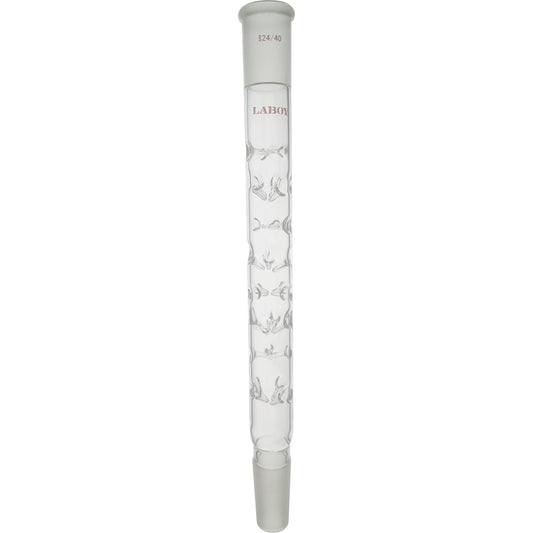News
How to Transfer Solids to a Reaction Vessel
Accurately transferring solids to a reaction vial is a critical step in many chemical experiments. To ensure the success of an experiment, it is important to follow the proper techniques...
How to Transfer Solids to a Reaction Vessel
Accurately transferring solids to a reaction vial is a critical step in many chemical experiments. To ensure the success of an experiment, it is important to follow the proper techniques...
How to clean glassware in chemistry lab
Cleaning glassware properly is an important practice in laboratory work to ensure accurate and reproducible results. The following are some tips for cleaning glassware: Rinse with solvent: Before washing glassware,...
How to clean glassware in chemistry lab
Cleaning glassware properly is an important practice in laboratory work to ensure accurate and reproducible results. The following are some tips for cleaning glassware: Rinse with solvent: Before washing glassware,...

<p>Interchangeable ground glass joint</p> <p> </p>
About Ground glass joint Ground glass joints are widely used in laboratories because they provide a convenient and reliable method for connecting glassware components. They are designed to be interchangeable...
<p>Interchangeable ground glass joint</p> <p> </p>
About Ground glass joint Ground glass joints are widely used in laboratories because they provide a convenient and reliable method for connecting glassware components. They are designed to be interchangeable...
Three-type Standard Glassware in Chemistry Labo...
This article discusses the three most commonly used types of standard lab glassware in chemistry: standard taper glassware for miniscale experimentation, standard taper microscale glassware with threaded screw cap connectors,...
Three-type Standard Glassware in Chemistry Labo...
This article discusses the three most commonly used types of standard lab glassware in chemistry: standard taper glassware for miniscale experimentation, standard taper microscale glassware with threaded screw cap connectors,...
PTFE Tubing vs Rubber Tubing: Understanding the...
PTFE tubing and rubber tubing are commonly used in laboratory settings, but what sets them apart? Learn about the differences between PTFE and rubber tubing and their unique advantages for...
PTFE Tubing vs Rubber Tubing: Understanding the...
PTFE tubing and rubber tubing are commonly used in laboratory settings, but what sets them apart? Learn about the differences between PTFE and rubber tubing and their unique advantages for...
What's the difference between glass stopcock an...
Laboy glass stopcocks and PTFE (polytetrafluoroethylene) stopcocks are two common types of valves used for controlling the flow of liquids and gases in laboratory applications. While they share some similarities...
What's the difference between glass stopcock an...
Laboy glass stopcocks and PTFE (polytetrafluoroethylene) stopcocks are two common types of valves used for controlling the flow of liquids and gases in laboratory applications. While they share some similarities...
